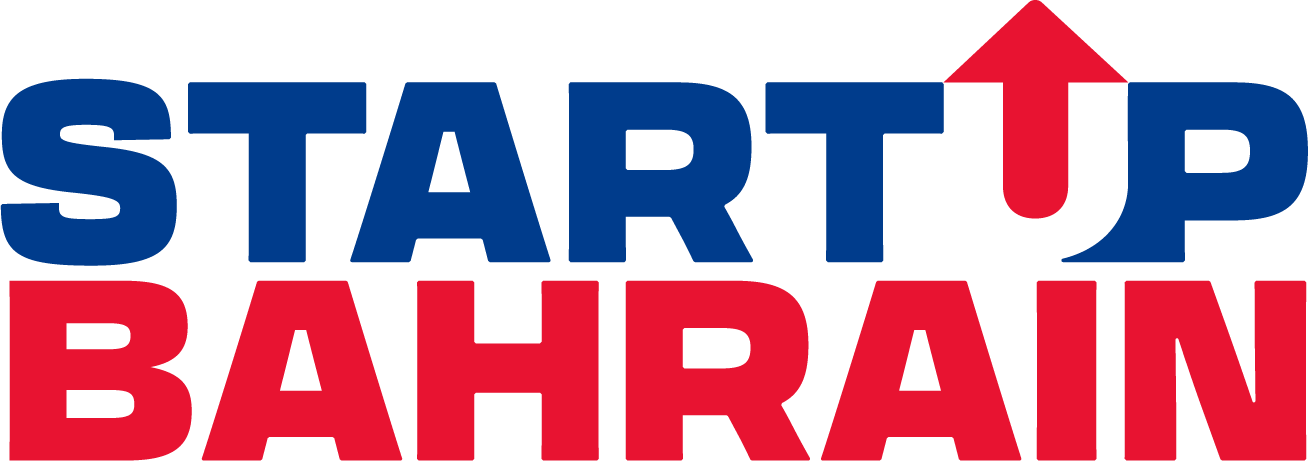The financial sector has made great strides in offering personalized services, from AI-driven chatbots to tailored customer support. Yet, a significant gap remains in the realm of product personalization—the ability to design financial products that adapt to individual customer needs and preferences. This under-explored area presents a tremendous opportunity for banks and fintechs to deepen customer engagement and unlock untapped value.
The shift toward product personalization
Even though financial services seem to be personalized, products like credit cards, loans, and investments are still pretty standardized, failing to reflect the age and life stages of each customer’s financial journey.
For instance, a millennial with a passion for travel may prefer a credit card offering frequent flyer miles, while a freelancer managing variable income might prioritize a savings account with flexible withdrawal terms. In many cases, customers are left navigating a sea of generic offerings, often settling for products that only partially meet their needs.
The growing availability of transactional and behavioral data presents an unprecedented opportunity to address this gap. By leveraging advanced analytics and data aggregation tools, financial institutions can create hyper-customized products designed for specific customer segments—or even individuals.
The role of data in unlocking product personalization
Data lies at the heart of product personalization. Open Finance frameworks, which enable secure access to customer-consented financial data, are reshaping how financial institutions understand and serve their customers. These frameworks provide a holistic view of customer behaviors, preferences, and financial goals, enabling institutions to tailor products in real-time.
For example:
- Credit Products: Using spending and income patterns, banks can design credit cards with dynamic rewards that align with a customer’s top spending categories.
- Savings and Investment Plans: Data insights can help recommend flexible savings plans or investment portfolios tailored to risk tolerance and life goals.
- Bundled Offerings: Institutions can create bundled product packages for niche audiences, such as young professionals, retirees, or small business owners, addressing their specific financial priorities.
The gap and the opportunity
Despite the clear potential, product personalization remains a largely untapped space in the financial sector. Many institutions focus on scaling their existing product portfolios rather than innovating on adaptability. This gap represents a significant competitive opportunity for forward-thinking financial players.
Open Finance empowers financial institutions and fintechs with actionable insights derived from real-time, customer-consented data. For example, if these insights reveal that a cohort of users frequently travels internationally, banks and fintech companies can curate and introduce products such as travel-specific credit cards or cross-border savings accounts. Similarly, for users holding idle cash, these insights could prompt banks to offer curated investment plans designed to maximize returns.
Challenges to overcome
While product personalization holds immense promise, it is not without challenges. Privacy and data protection remain paramount, requiring banks and fintechs to adopt robust frameworks to use data securely. Additionally, designing truly personalized products requires a shift in mindset—from selling one-size-fits-all solutions to co-creating value with the customer.
A customer-centric future
Product personalization has the power to redefine the financial sector, turning generic offerings into dynamic solutions that evolve with customer needs. By closing the gap between service personalization and product innovation, financial institutions can foster deeper trust and loyalty, driving both customer satisfaction and long-term growth.
At Daleel, our mission is to make finance easy and accessible for all by providing financial institutions with the tools and insights they need to innovate and acquire customers effectively. In a world where customer expectations are higher than ever, the winners will be those who can adapt their offerings to meet individuals where they are—building not just products, but meaningful financial relationships.







